

We love to visit the various nature preserves that are along the coast of Maine, reacquainting ourselves with familiar spots and discovering new ones. These next two pages will share pictures from some of those preserves. Below is a listing of the locations we visited (parks or preserves plus one village).
These are roughly listed from south to north:Reid State Park Schoener Preserve Lobster Cove Preserve Dodge Point Pemaquid Point Light LaVerna Preserve Bass Rock Preserve Lupine Field Pemaquid Pond Preserve Peters Pond Preserve Village of Friendship The Olson House
We had not visited Reid State Park for many years (16 years). As was fitting for this vacation, there was some fog there. It was very interesting fog, slithering from the sea over the ground.
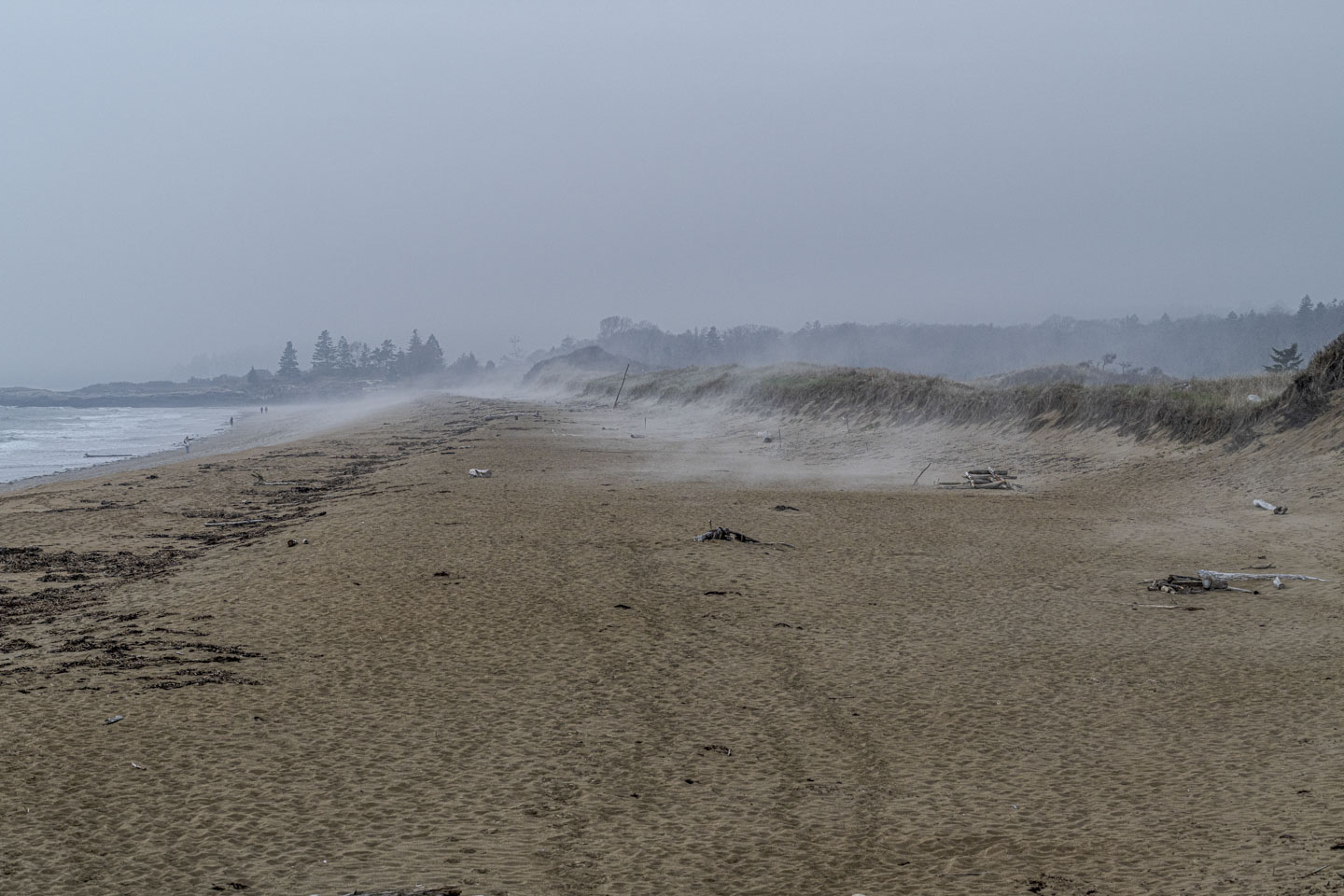
Although it makes sense when you look at a map, we had not realized that Cuckolds Lighthouse can be seen from Reid State Park.

Seguin Island and Light can also be seen. (If you put your mouse over this picture, you will get a closer view of the island.)
This Herring Gull found a prickly meal: a sea urchin.

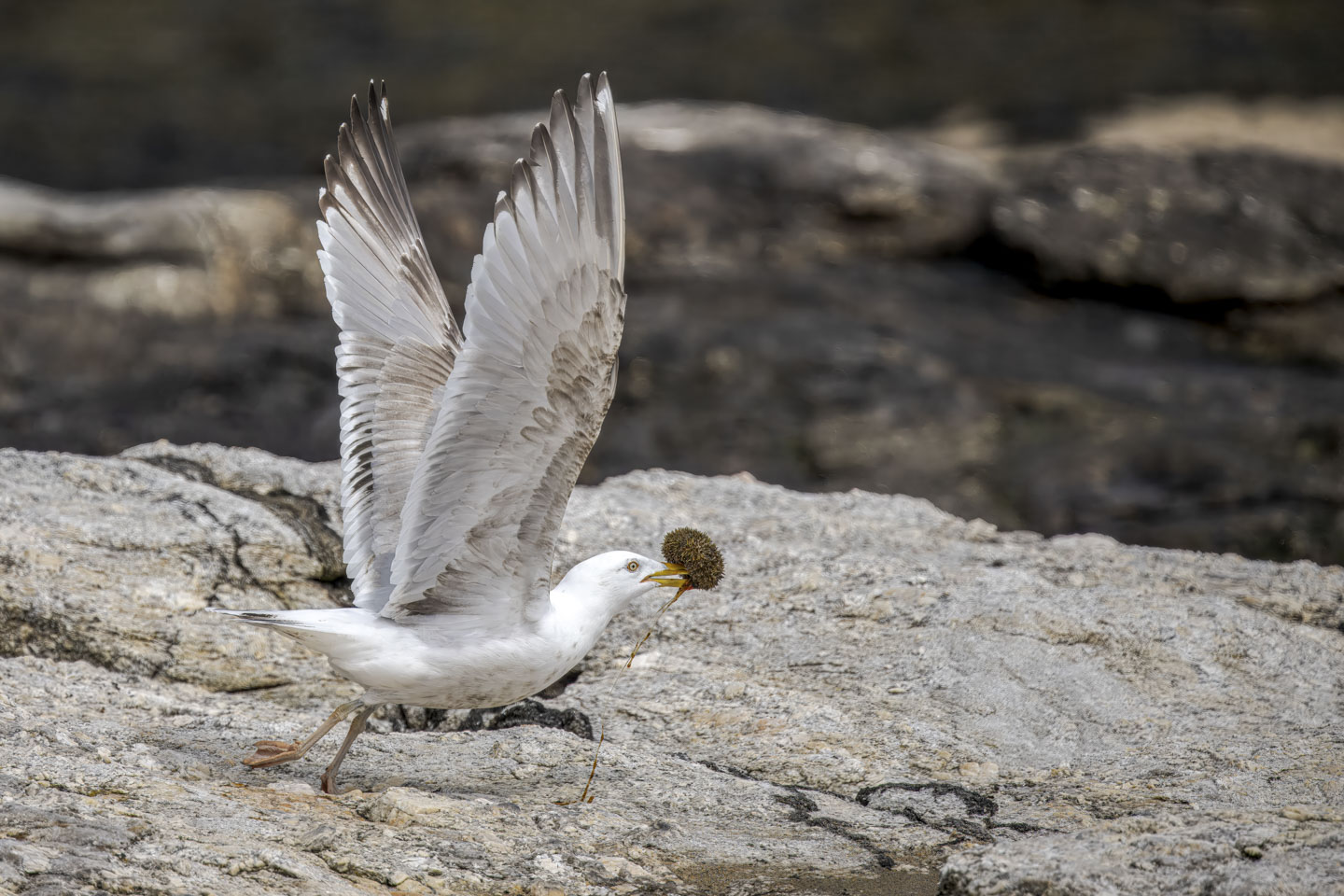
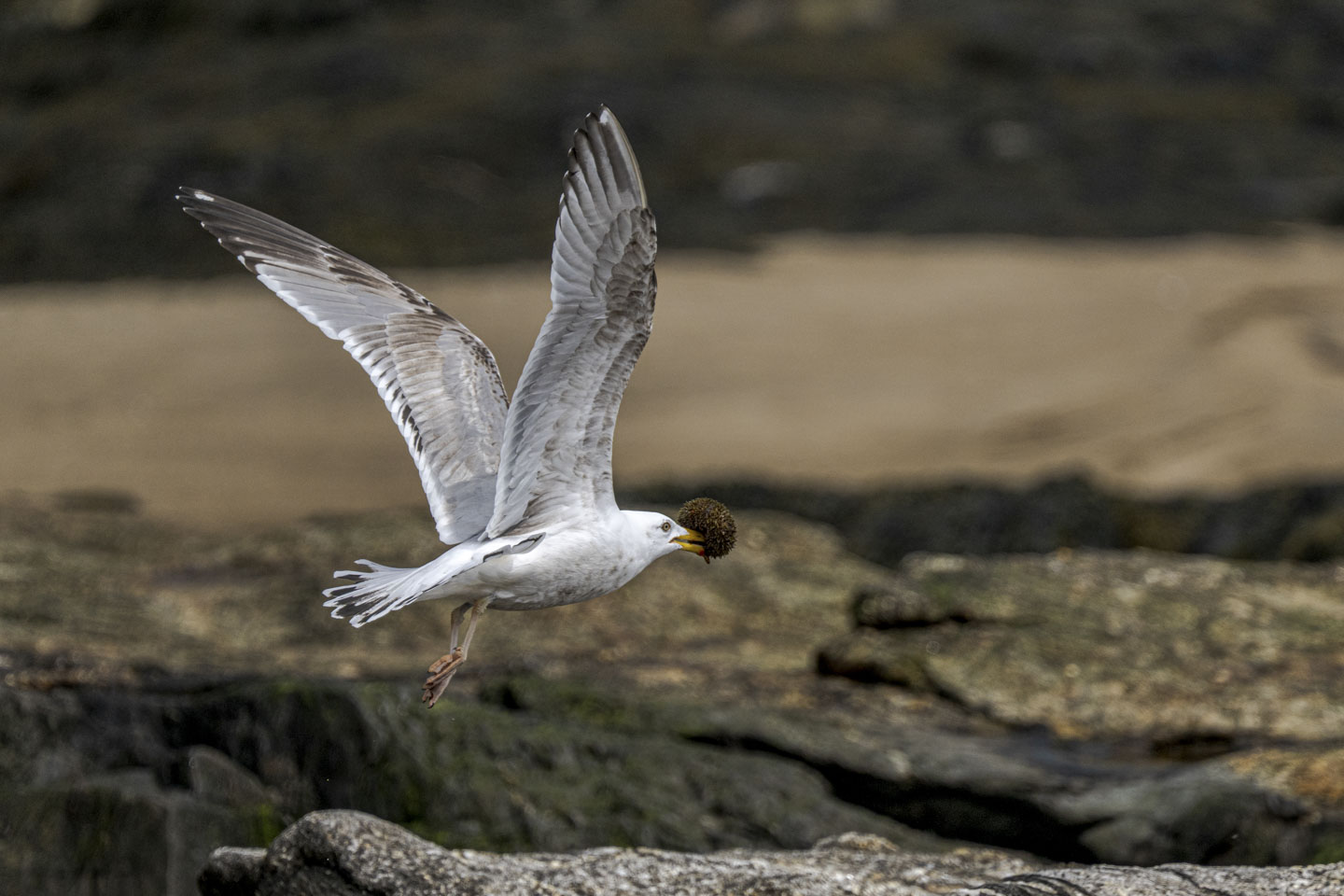
Proof that at least Anne was there.

People must sometimes be careless on the many rocky areas of Reid State Park. The State has provided a "Bleeding Control Kit". We did not check to see if it was already stocked for the season.

This Snowy Egret was having a bad hair day.

Hair fixed, and it knows that it is beautiful.
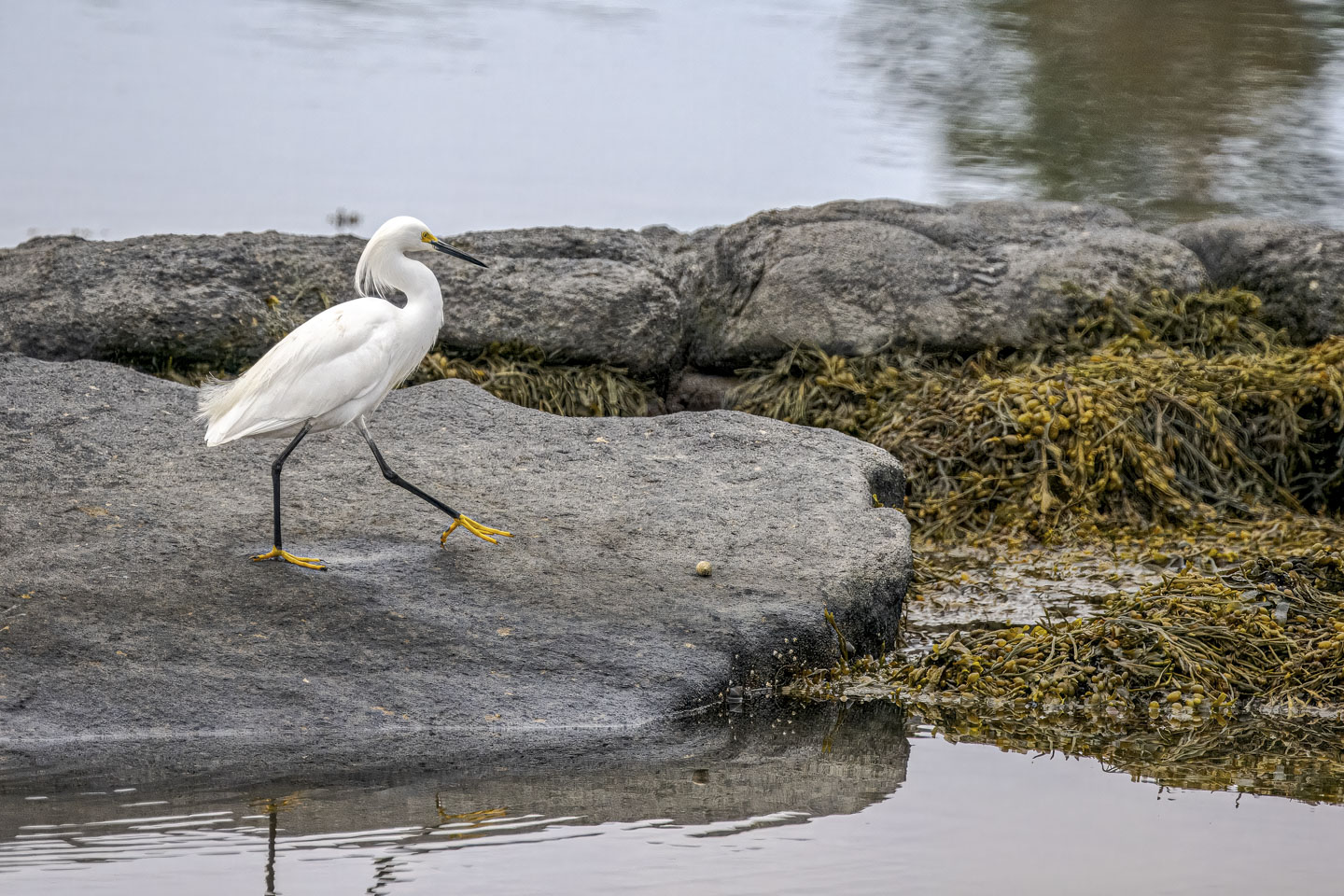
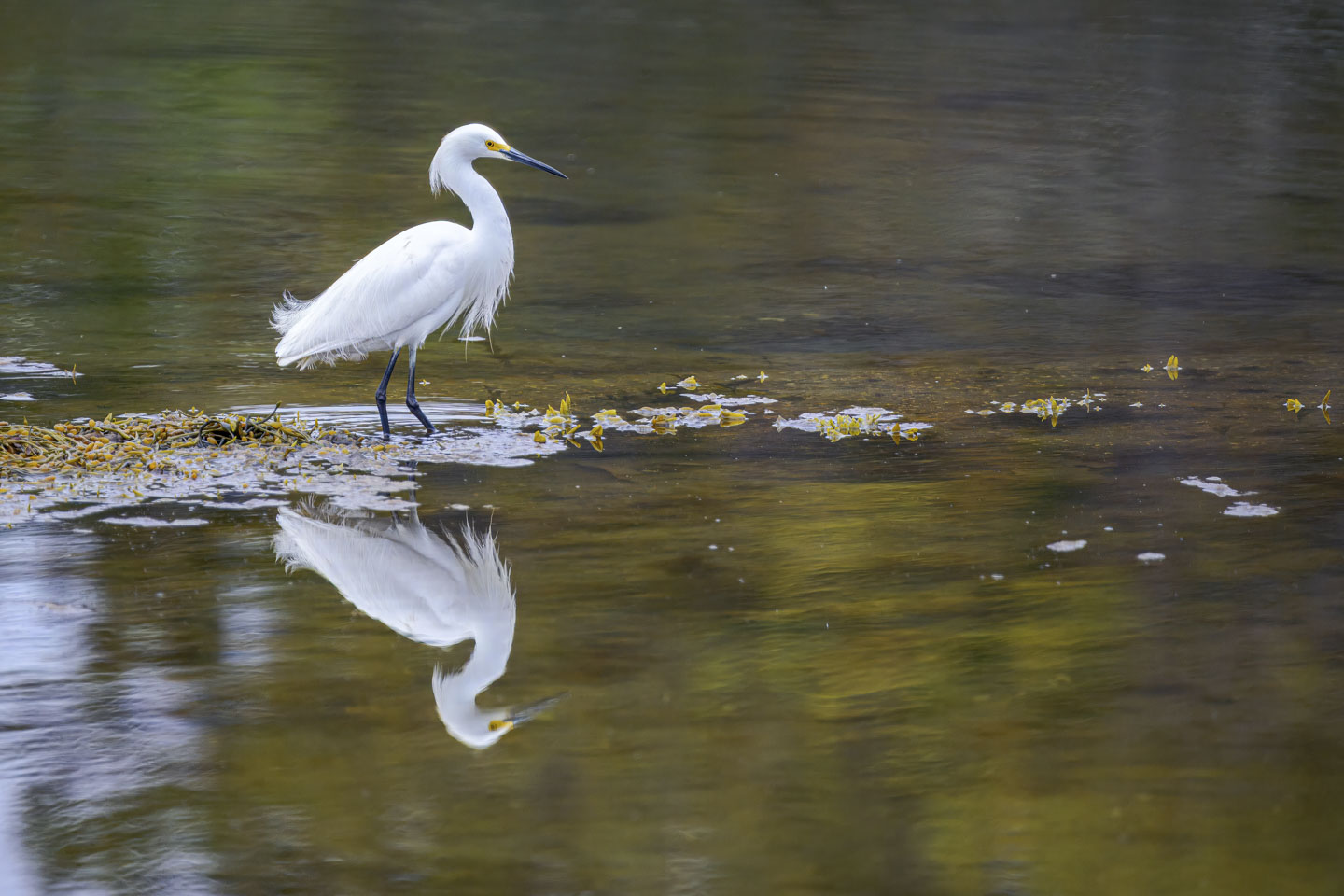
This adorable little Piping Plover didn't care how it looked. It was busy running around, looking for tasty snacks such as insects.
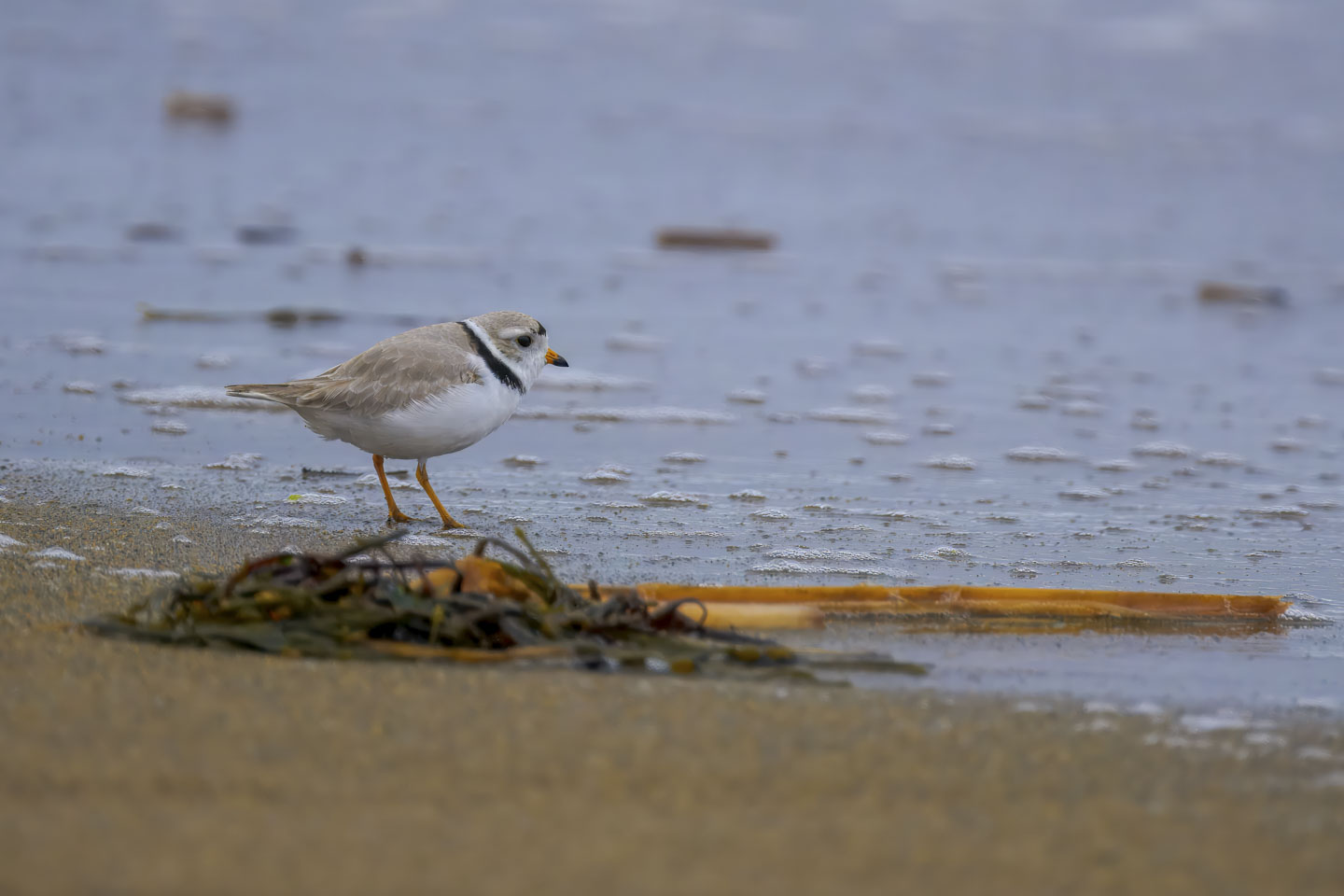

A peaceful scene.
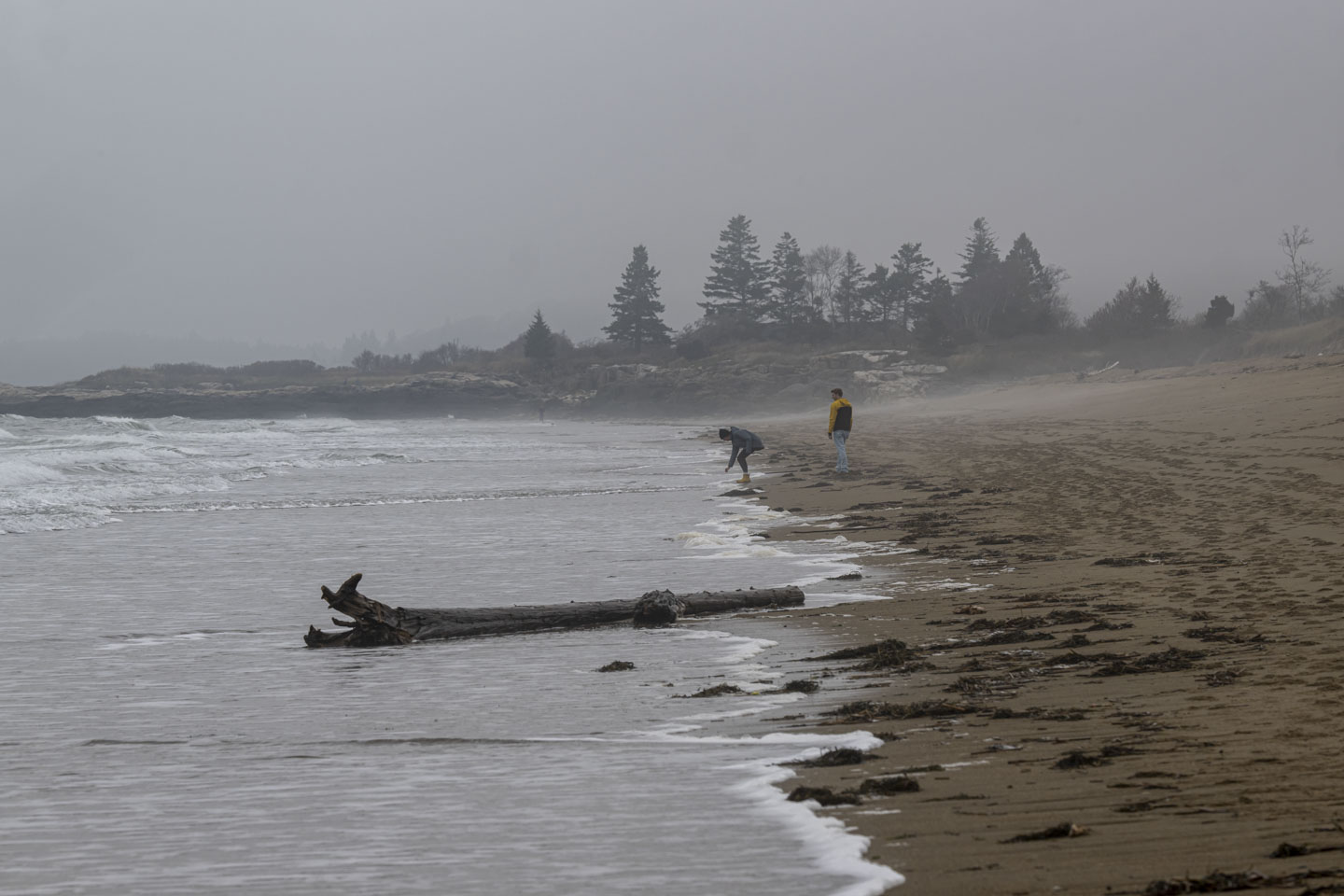
Up Rte 127 in Georgetown is another preserve called Schoener Robinhood Cove Preserve. The trail goes from the road through woods to the Robinhood Cove (the water that splits Georgetown into 2 sections) and connects to other trails. This photograph is an example of 'focus stacking'. The eye can take in an entire scene, but the camera can't. By taking and then combining a series of pictures, each with a slightly different section in focus, the entire view can be represented in the picture. (In this case, the distant background was left out of focus.) And given all the tiny little critters crawling on this plant, make certain you wash your fiddleheads very well.

Back on the Boothbay peninsula, Lobster Cove Meadow is often a nice bird watching spot. This year it was pretty quiet, but Paul spotted a Downy Woodpecker looking for food.
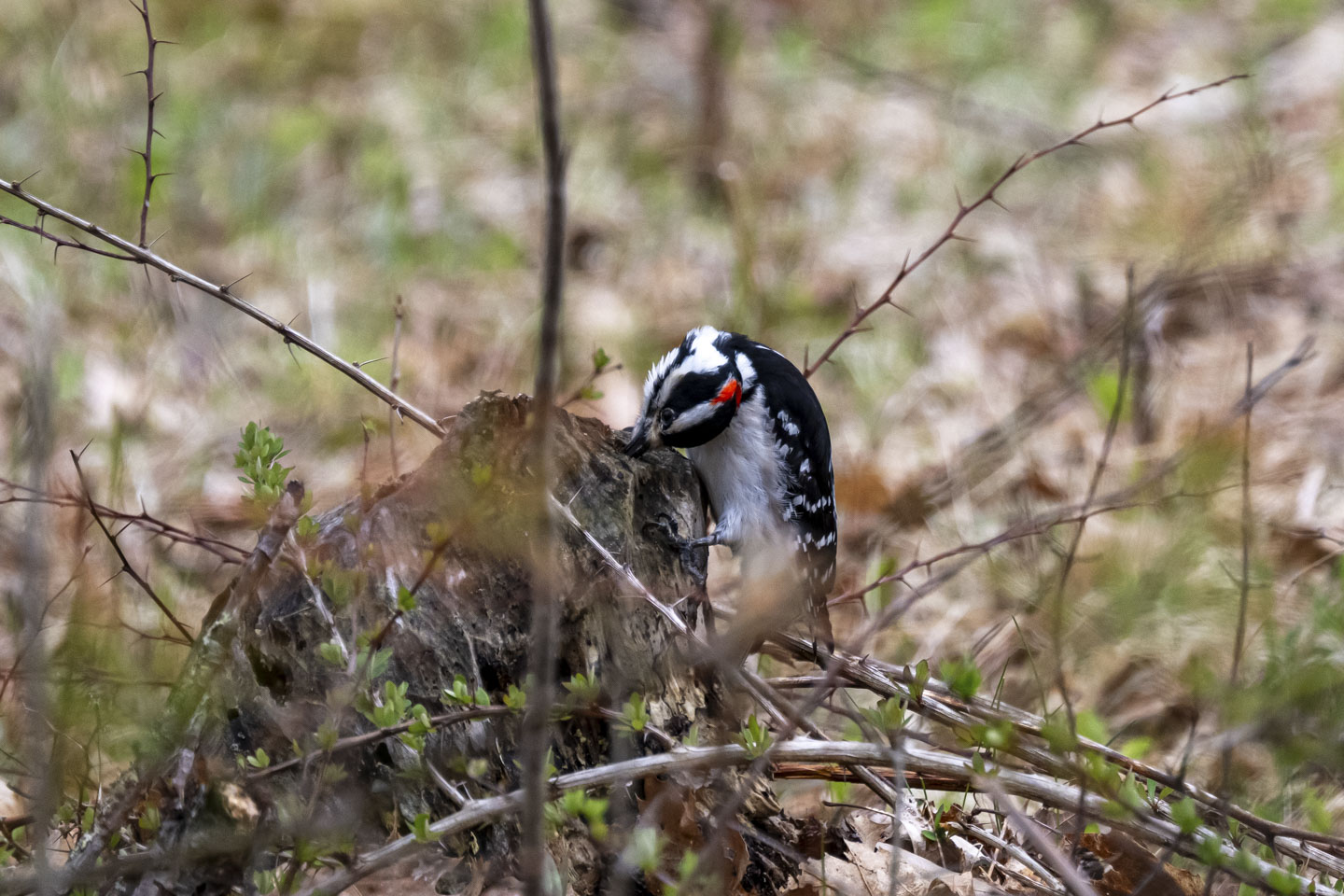
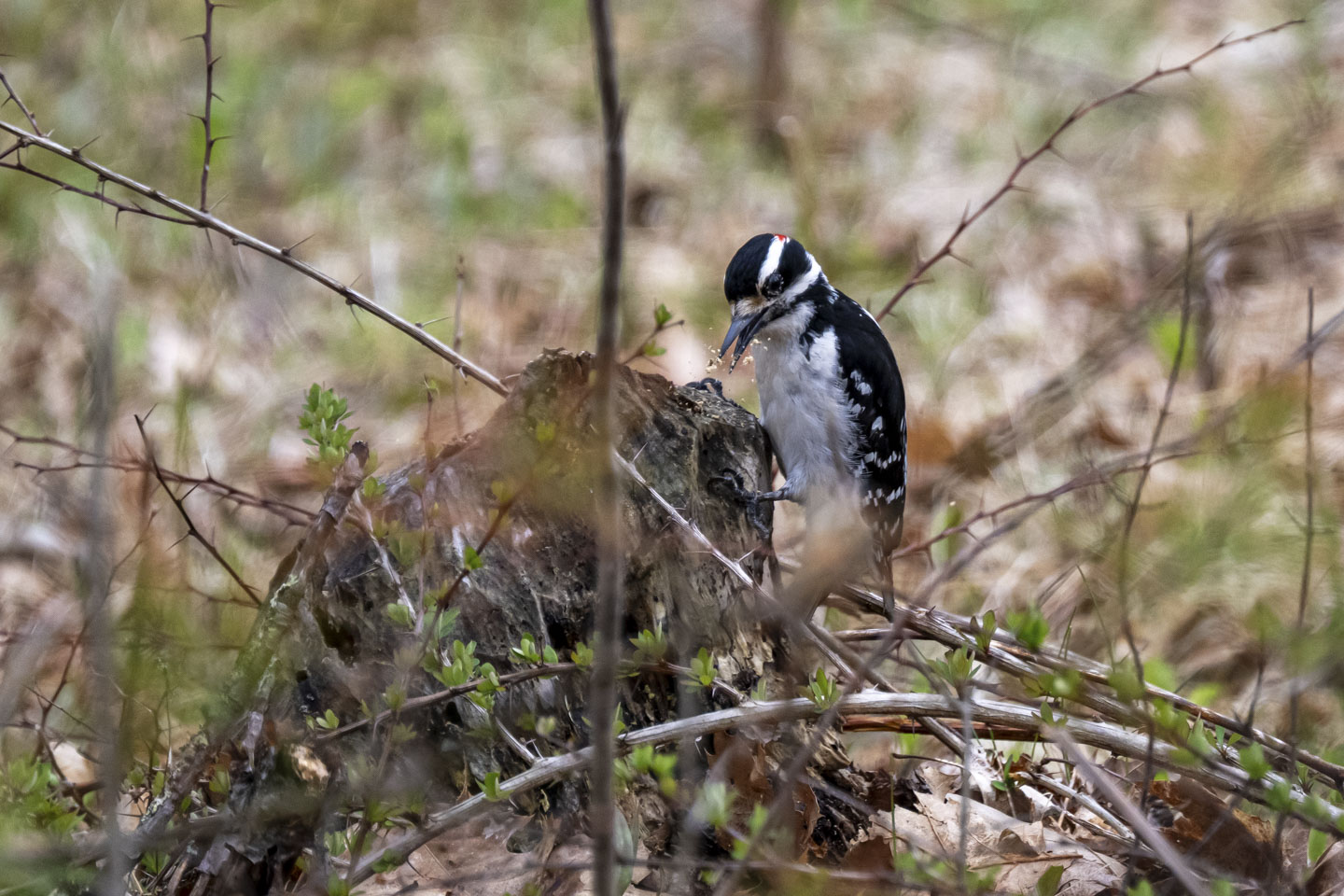
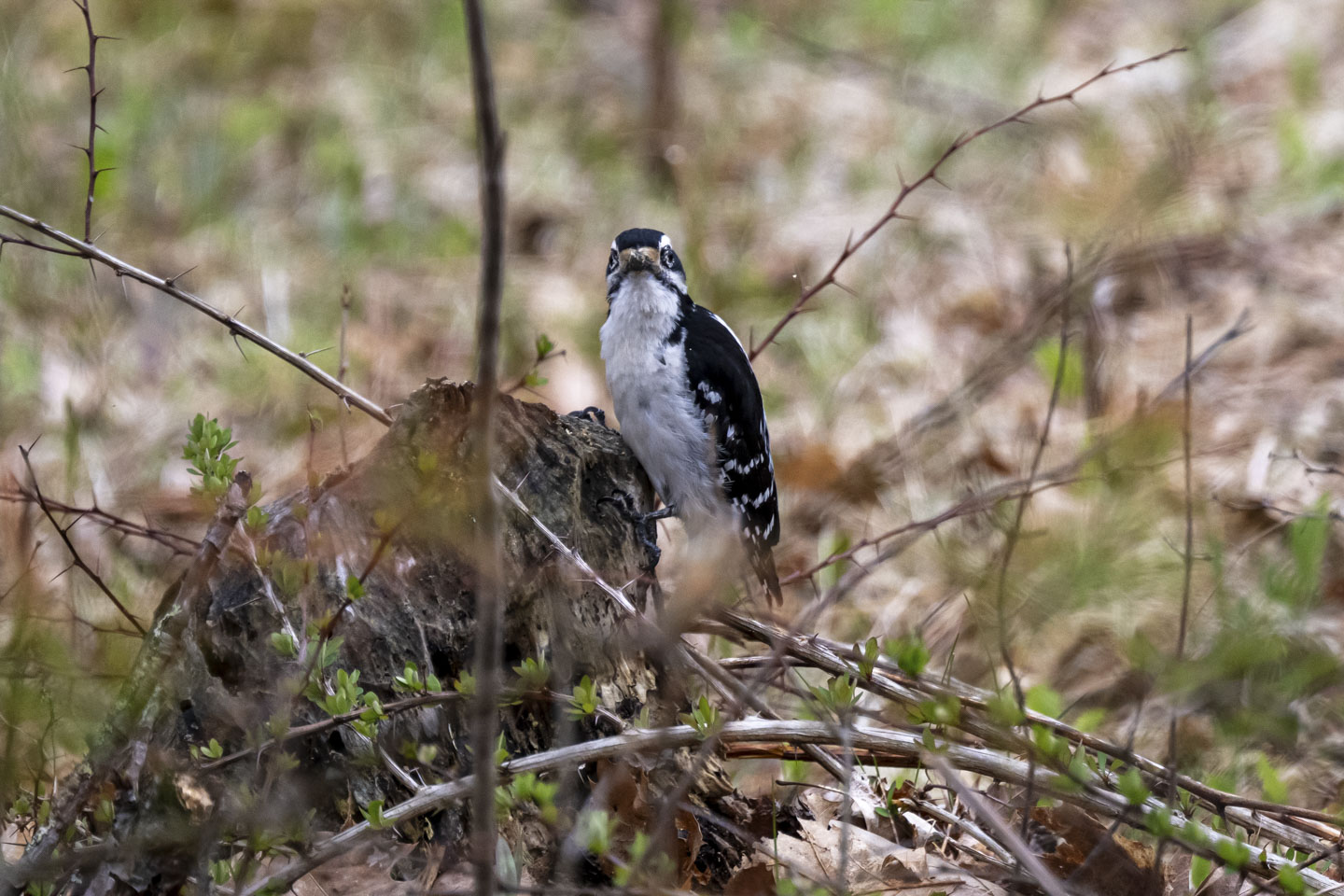
Another familiar spot is Dodge Point Preserve. A broad path leads through the woods to Brickyard Beach, where there was once brick making.
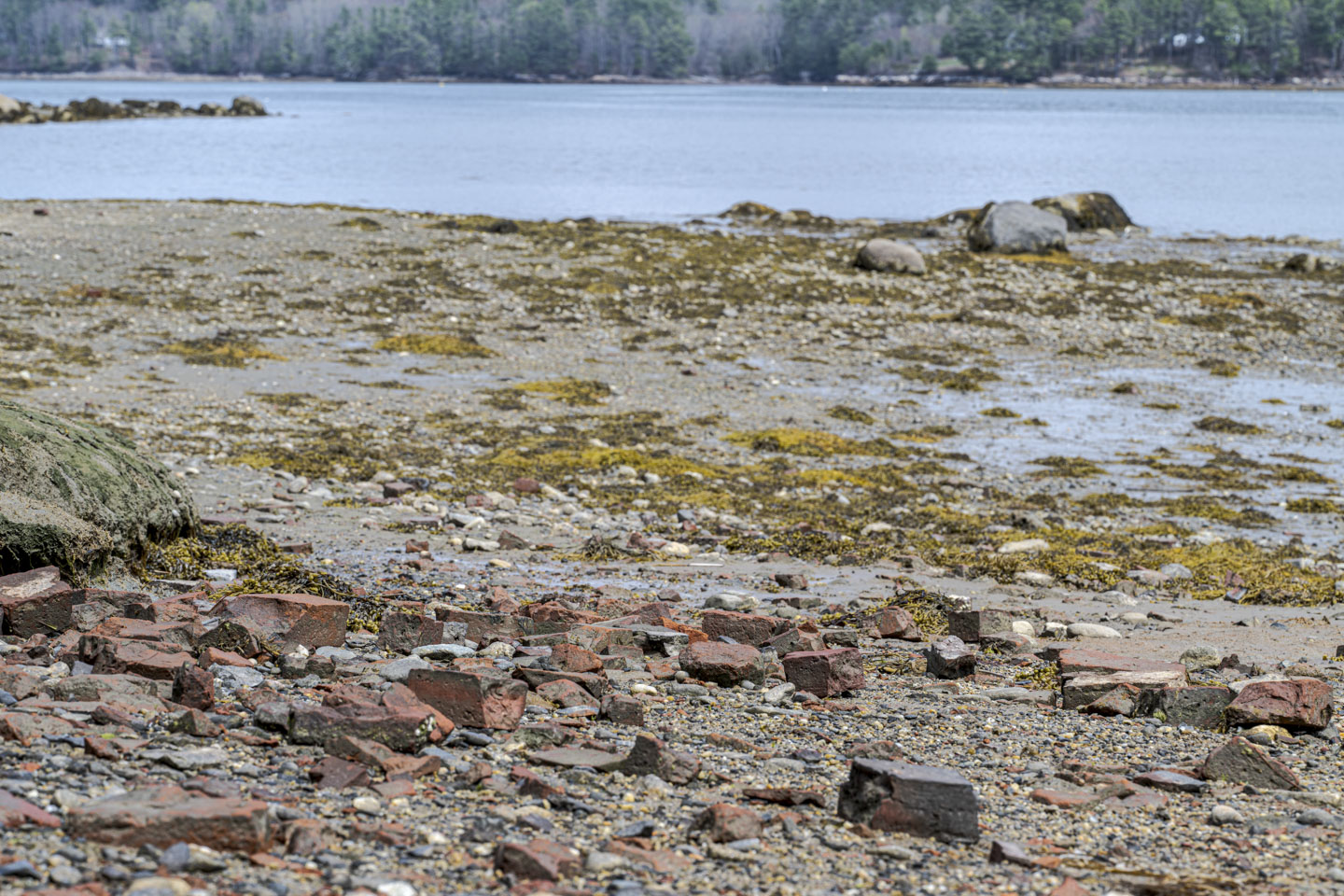
The rather formal-looking Laughing Gull likes this area.
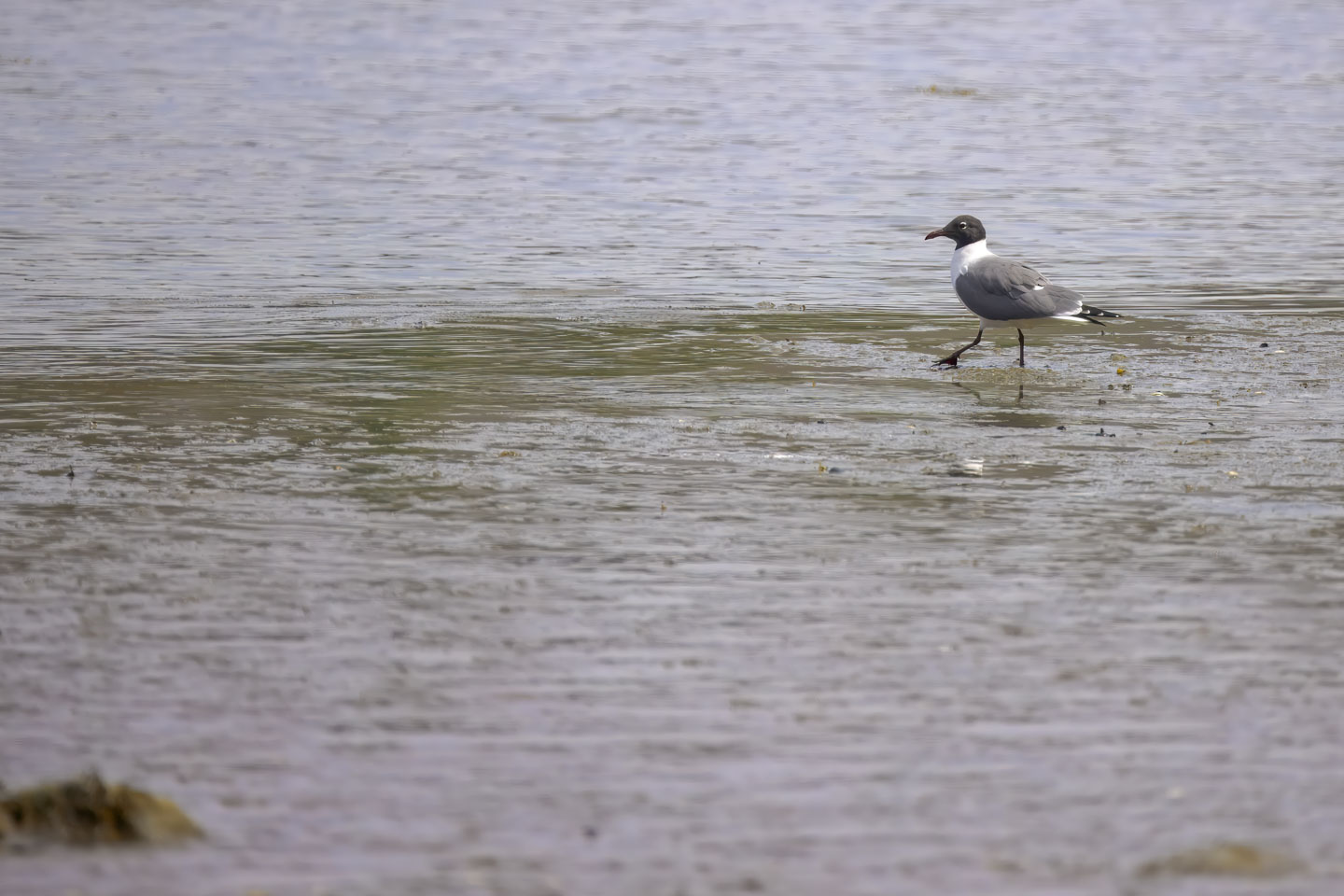
In front of Anne is her mini-tripod, perfect for taking pictures of small things in the woods. (The fern earlier on this page is an example of that.)
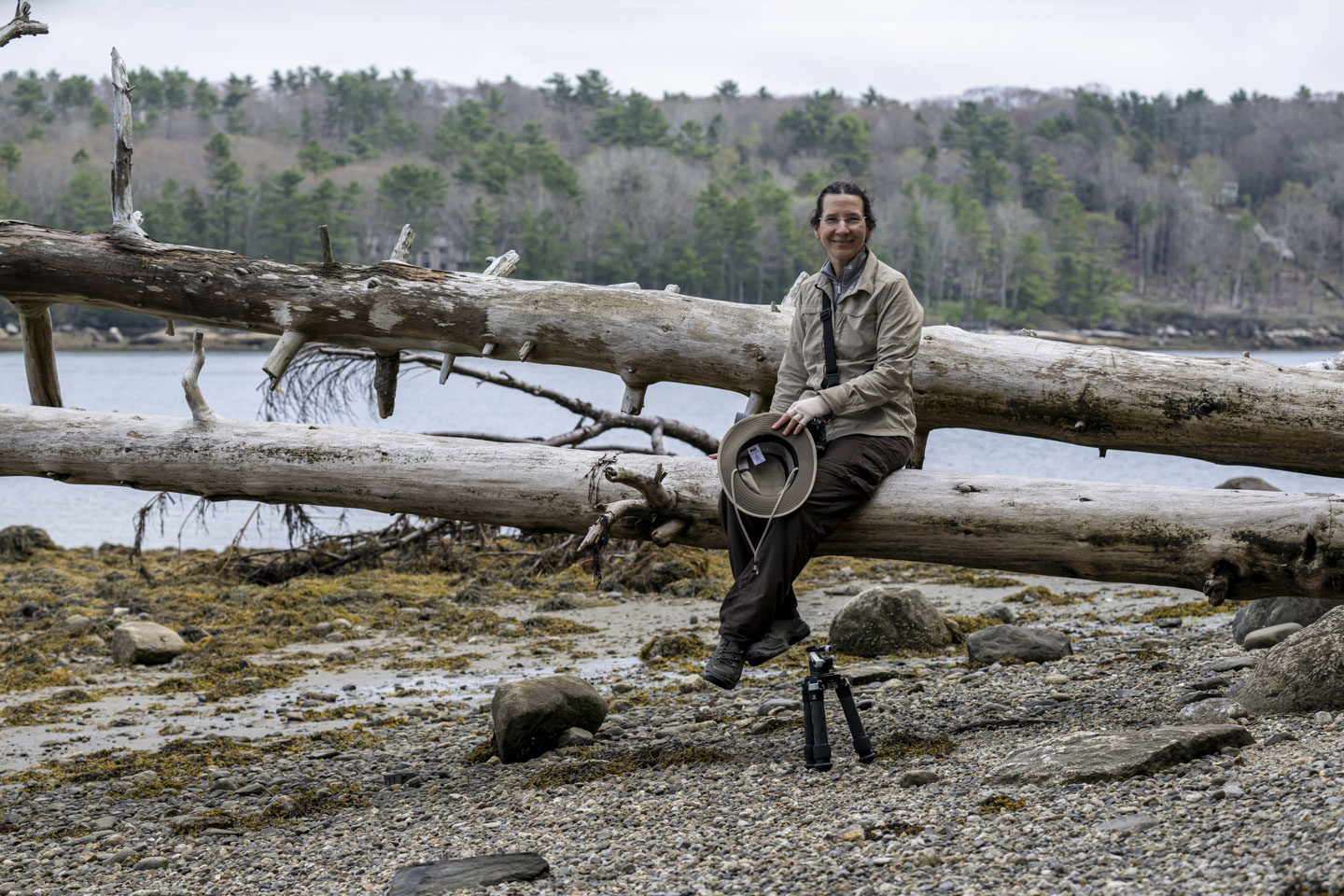
Moving on.

We have mentioned the oyster farming in the Damariscotta river before, even linking to the Oysters of the Damariscotta website. We since learned that oyster harvesting in the Damariscotta goes back hundreds of years. The farming is more recent. There are multiple methods used for oyster farming. Wild oysters generally attach themselves to the seabed, but this position means slow growth and high predation (but also sturdy shells). Other methods eliminate those disadvantages but add ones of their own. Places sometimes use a combination of methods. What we see on the Damariscotta River are surface cages. This is a system of floats, and in last spring the oysters are put in cages and nets on top of the floats. (This information was gleaned from the Oysters of the Damariscotta site, Pangea Shellfish's site, and Oyster Encyclopedia.)

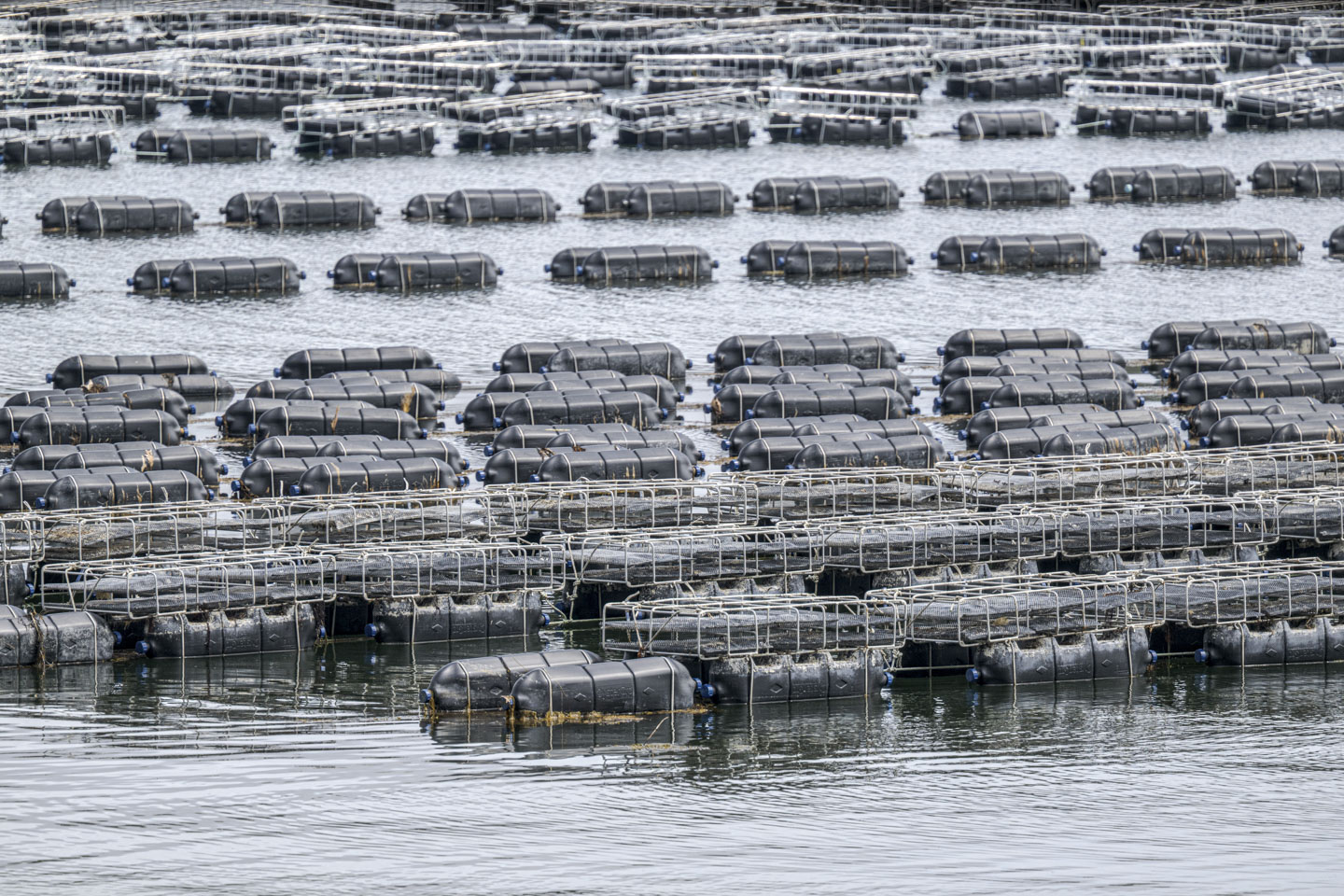
Our walk along the path and along the water gave us some exercise, but running the stairs from the water to this house must provide a great aerobic workout.

Although many signs of springtime were delayed this year, these tadpoles in a vernal pool are a definite sign that we had been looking for.

Updated June 2025